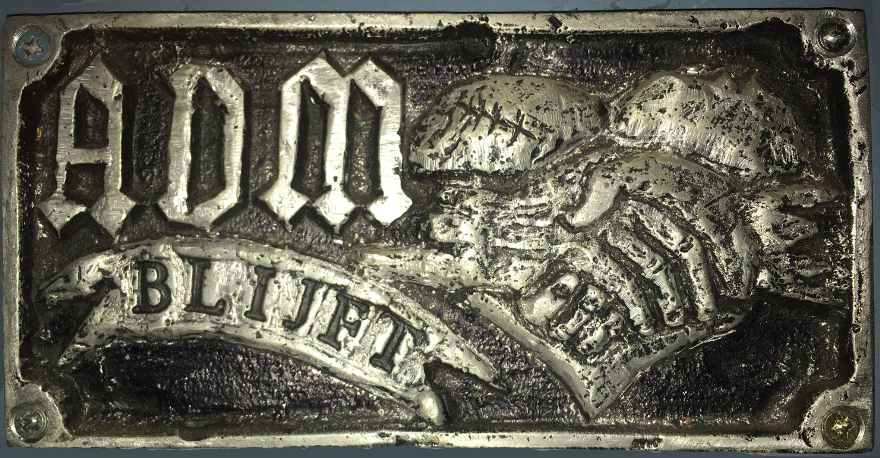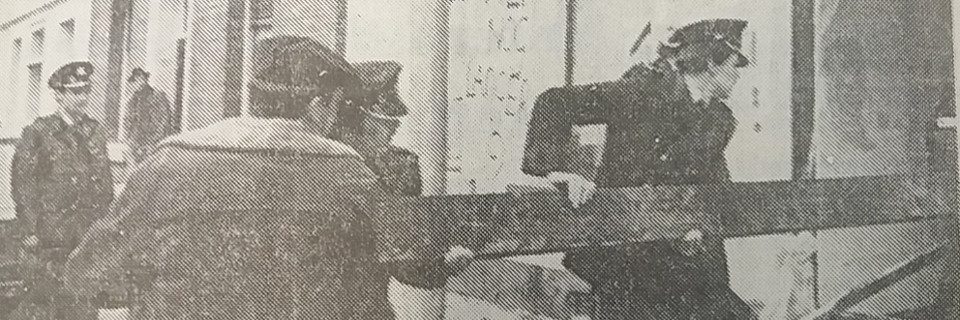Amsterdam: An outing in the future of ADM

ADM site, August 2030.
It is a bright summer day in this wild, green park area, the poster child of the green cultural harbor of Amsterdam, an area that provides fresh air, oxygen, biodiversity and culture. It is a special place where the houses and the inhabitants are part of nature, where the self-healing ability of people and the earth were given an opportunity to flourish again, according to our guide.
In the open culture park along the waterfront it is very noticeable how nature is combined with art and culture. Nowhere else you’ll find this combination of living, working, recreation and recycling, with energy generation and waterworks. “You just do that – it’s the continuation of a common tradition: being self-sufficient with minimal dependence and free exchange of ideas. What you see here are logical answers to fundamental questions.”
“The turnaround came in 2018, when we were able to tackle the infrastructure thoroughly. For 21 years the group had pioneered and proved to be able to facilitate special cultural events, despite their uncertain situation. An international meeting place was created for people from various disciplines who work together on innovative projects and unique festivals. But then a period began in which the conflict about the future of this area began to rise. In the autumn, the municipality decided to use the right of first purchase of the ADM site. This took the sting out of the conflict between residents, municipality and ‘the owners’. The site belonged to the city again, the real estate company peoples were able to retire and the ADM became the green poster child for the cultural PortCity of Amsterdam. Just in time, the municipality had realized how important it was to preserve the preconditions under which this area could blossom. It was the initial signal that ushered in a new period in Amsterdam in which more attention was paid to the residents of the city and space for nature and culture.”
The tour leads past the permaculture garden with water-saving irrigation system. Vegetables from the garden go to the communal kitchen and on stage the soundcheck is in progress of a band that tours Europe and is staying here. The former office building stands out because of the special shape of the roof. Studio spaces and the steel tree have completely transformed the battered 1960s architecture. The conversation continues on fruit trees, and how the usufruct of the site is meant to be shared with the whole city, while we walk past amazing sculptures and installations to the large old warehouse where once sea-going vessels were built.
We look up: “This project could only really take shape after 2018. Thanks to the solar panels and the helophyte filter on this roof, we achieve two core objectives of the community:
1 produce more energy than we consume.
2 ensuring that all water leaving the site is cleaner than when it arrived”
From the pier you have a beautiful view of the flowering boat island project. “What you see here is one of the world’s best examples of how you can live circularly and self-sufficient on the water.”
We meet different groups who follow all kinds of workshops while we walk to a tight waste processing place in a corner of the site. Students ‘affordable housing for everyone’ sort building materials for reuse, plastic is processed into new products and there is a storage for special and strange objects.
And then we end up at the duck pond, where everything tickles, hums, rustles and blooms. I sit down, enjoy the reflection of the sun and the water. Nevertheless, it was remarkable that 2018 was such an important year for this place and the city as a whole. I chose a city with space for nature, innovation and individual expression. And this is bustling here …
The twilight sets in and I cycle along the green cycle path that connects the parks back to the city.
What a wonderful surprising and inspiring day.
(Written by: Elly & Daan. Translation by Moi – Suwanne Jo)
From Facebook, Dutch original on Amsterdam Alternative
